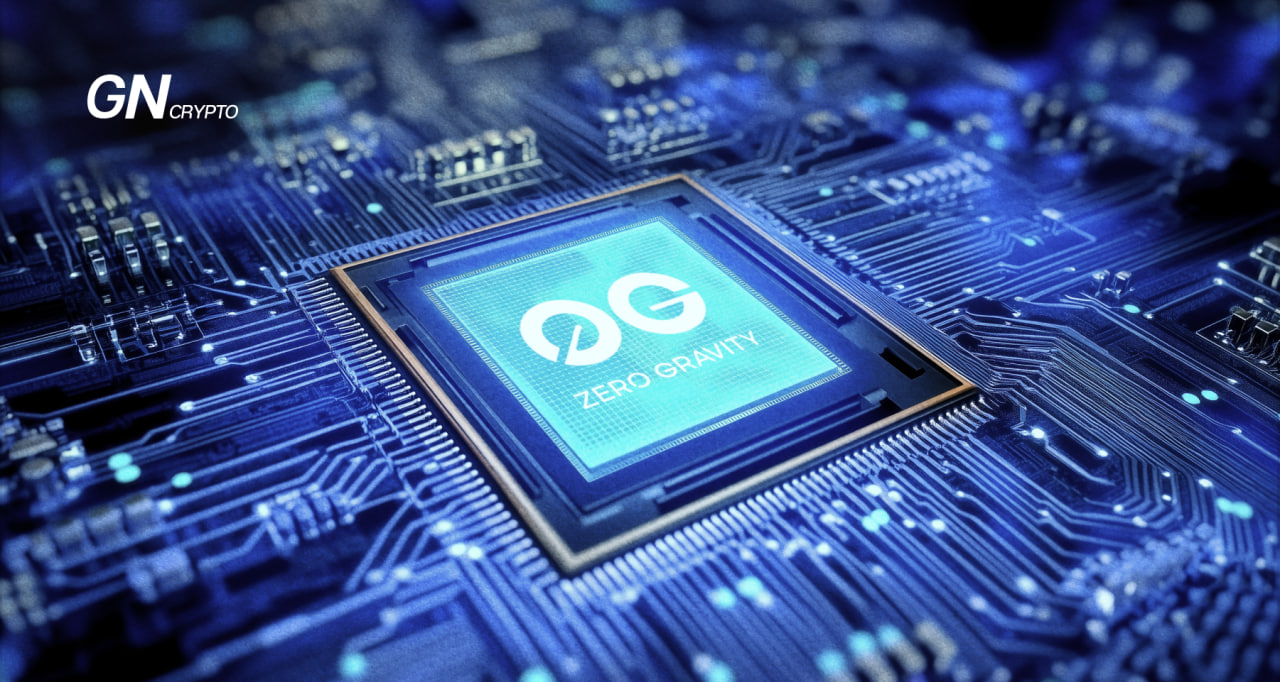What Is 0G (Zero Gravity)? Web3 Infrastructure for AI Apps

0G, short for Zero Gravity, is a Web3 infrastructure that aims to increase blockchain throughput with its infinitely scalable data availability layer. Data availability (DA) is the chain’s capacity to ensure data for validating transactions, such as the sender and receiver addresses, and the block size, is accessible to all network participants.
As blockchains grow and use cases expand, achieving data availability becomes more challenging. Blockchain networks function as decentralized databases, where information is distributed across thousands of interconnected nodes. When a request is received, nodes reach a consensus to validate transactions.
You can read more about how blockchains work in our “What Is Blockchain” article.
High network demand and large requests can slow down data distribution if there aren’t enough resources to maintain data availability and execute transactions. This is where data availability (DA) solutions, designed to ensure data accessibility, come into play.
Compared to general-purpose blockchains, modular DA networks such as 0G, EigenLayer, and Celestia are built to handle the increasing volume of data arriving on-chain. Each of these solutions has its own method for ensuring data availability.
0G’s Approach to Data Availability
Zero Gravity was built to provide a massively scalable and decentralized on-chain database for AI, games, trading, and other types of solutions. Given that AI applications often need to handle large amounts of data for tasks like training and analytics, there is a strong need for Web3 infrastructure that can manage these requirements efficiently without increasing costs.
To handle data availability, 0G includes storage and data availability (DA) layer components. The storage component acts as database infrastructure, facilitating data access and application development. Meanwhile, the Data Availability Layer ensures the accessibility of data for each data block. This infrastructure is programmable and can be customized for Layer 1s, Layer 2s, and rollups.
0G Infrastructure. Source: 0g.ai
According to the official website, 0G provides a 1,000x performance improvement over Ethereum’s danksharding scalability solution and a 4x improvement over Solana’s Firedancer. The website also mentions that the network operates with 1,000x lower costs compared to the Ethereum mainnet.
0G Founders
0G’s co-founders are Michael Heinrich, Ming Wu, Fan Long, and Thomas Yao – serial entrepreneurs who previously built unicorn companies. CTO Ming Wu and CSSO Fan Long were among the founders of the Conflux Network, a hybrid and high-performance blockchain. CEO Michael Heinrich previously founded Garten (formerly Oh My Green), a company offering healthy food and well-being services for workplaces. And, CBO Thomas Yao was a founding partner at IMO Ventures. The team together share 8 PhDs in Computer Science, have won 10 gold medals in informatics competitions, and have experience with managing top tier companies.
Zero Gravity Development Stage
0G was founded in 2023 and raised $35 million in a pre-seed round in March 2024. The round was led by Hack VC, with other investors including Alliance, Animoca Brands, Delphi Digital and Symbolic Capital, according to TechCrunch.
On April 9, 2024, 0G announced its testnet Newton, which focuses on testing the network’s basic functionalities, including the storage network and data availability service. More recently, in June 2024, the second version of the testnet was released with stability and security improvements.
0G’s mainnet launch is expected by the third quarter of 2024.
The content on The Coinomist is for informational purposes only and should not be interpreted as financial advice. While we strive to provide accurate and up-to-date information, we do not guarantee the accuracy, completeness, or reliability of any content. Neither we accept liability for any errors or omissions in the information provided or for any financial losses incurred as a result of relying on this information. Actions based on this content are at your own risk. Always do your own research and consult a professional. See our Terms, Privacy Policy, and Disclaimers for more details.


























